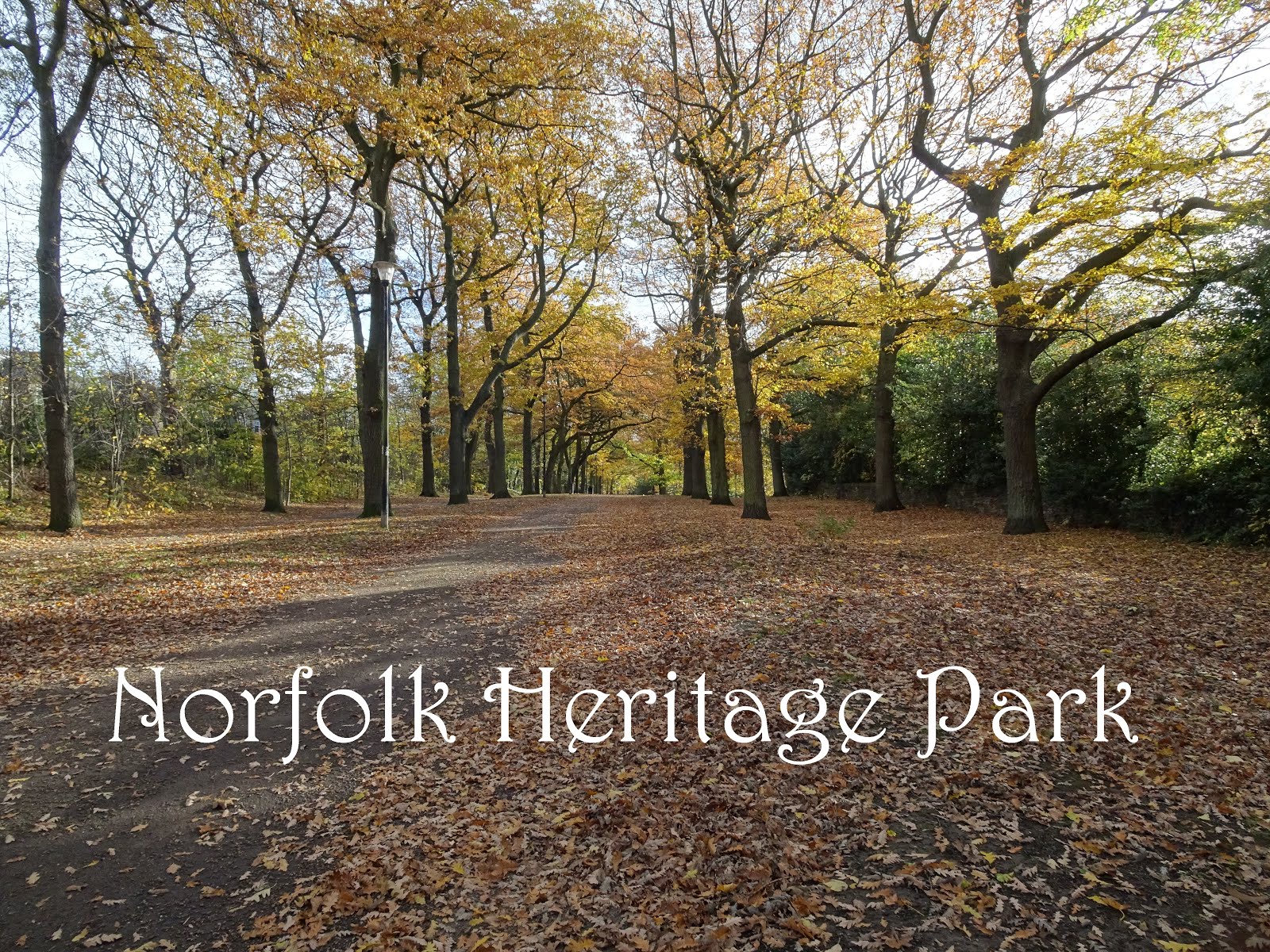1848 Norfolk Park opened free to the public.
1876 Stone screen and entrance gates at Granville Road erected.
1897 Queen Victoria visited the park in her Jubilee year where she heard 50,000 schoolchildren sing in her honour. The 15th Duke of Norfolk was also the Lord Mayor during this year.
1904
Ornamental iron lamp moved to Granville Road entrance.
1910
1910
Norfolk Park was given as a gift from the Duke of Norfolk to the City of Sheffield and a new Refreshment Pavilion was opened (built to commemorate the gift of the park to the City of Sheffield).
1912 to 1954
Bowling greens and tennis courts constructed in the park.
1950
Construction of the children's playground.
1956
Jervis Lum woodland acquired by compulsory purchase from the Duke of Norfolk and added to the park.
1959
A flat public events area and football pitches was created by tippings from slum clearance.
1980s
The park entered a period of decline.
1994
Norfolk Park added to the English Heritage Register of Historic Parks and Gardens (Grade II*)
1994
The 'Friends of Norfolk Park' group established. Norfolk Park becomes more commonly known as Norfolk Heritage Park reflecting its heritage and cultural significance.
1995
Derelict café (Refreshment Pavilion) in the park seriously damaged in an arson attack and subsequently demolished.
1996
Successful Heritage Lottery Fund bid submitted to restore the park.
1998
Physical restoration work starts in the park.
2004 New sports pavilion opened (October).
2005
Park achieves its first national parks quality standard management Green Flag Award.
2010 New Sports Pitches are completed to the north of the park, including work on drainage and installation of irrigation.
1876 Stone screen and entrance gates at Granville Road erected.
1904
Ornamental iron lamp moved to Granville Road entrance.
Ornamental iron lamp moved to Granville Road entrance.
1910
Norfolk Park was given as a gift from the Duke of Norfolk to the City of Sheffield and a new Refreshment Pavilion was opened (built to commemorate the gift of the park to the City of Sheffield).
1912 to 1954
Bowling greens and tennis courts constructed in the park.
1950
Construction of the children's playground.
1956
Jervis Lum woodland acquired by compulsory purchase from the Duke of Norfolk and added to the park.
1959
A flat public events area and football pitches was created by tippings from slum clearance.
1980s
The park entered a period of decline.
1994
Norfolk Park added to the English Heritage Register of Historic Parks and Gardens (Grade II*)
1994
The 'Friends of Norfolk Park' group established. Norfolk Park becomes more commonly known as Norfolk Heritage Park reflecting its heritage and cultural significance.
1995
Derelict café (Refreshment Pavilion) in the park seriously damaged in an arson attack and subsequently demolished.
1996
Successful Heritage Lottery Fund bid submitted to restore the park.
1998
Physical restoration work starts in the park.
2004 New sports pavilion opened (October).
2005
Park achieves its first national parks quality standard management Green Flag Award.
2010 New Sports Pitches are completed to the north of the park, including work on drainage and installation of irrigation.
Park achieves its first national parks quality standard management Green Flag Award.
2010 New Sports Pitches are completed to the north of the park, including work on drainage and installation of irrigation.



No comments:
Post a Comment